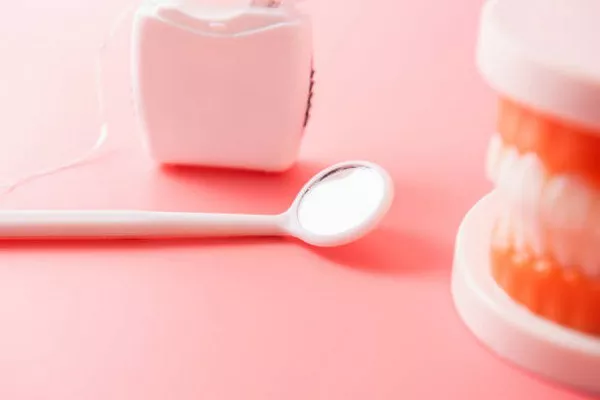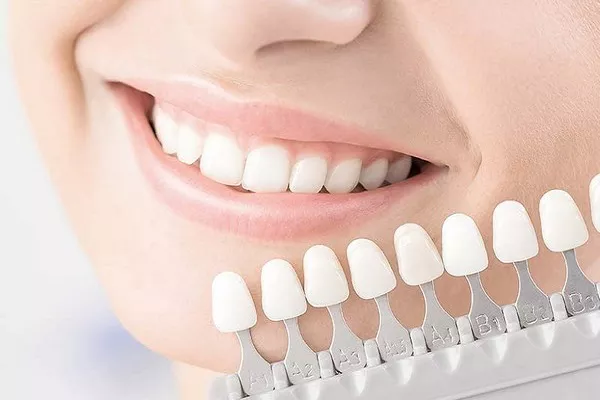In today’s fast-paced world, maintaining good oral health is not just a necessity but also a reflection of your overall well-being. Regular dental check-ups and treatments play a pivotal role in ensuring that your smile remains radiant and your teeth stay healthy. Among the most common dental procedures, dental fillings are often required to address cavities and tooth decay. However, before scheduling that dental appointment, it’s crucial to understand how much a normal filling costs, as it can significantly vary based on various factors.
Let’s dive into the details of dental filling expenses, exploring the key factors that affect the cost.
1. The Average Cost of a Dental Filling
The cost of a dental filling can vary based on several factors, but on average, patients can expect to pay around $100 to $300 for a single filling. However, this cost can fluctuate depending on where you live, the type of filling material used, and the complexity of the procedure.
Type of filling material: Dental fillings come in various materials, including amalgam, composite resin, and gold. Amalgam fillings tend to be the most cost-effective, while composite resin and gold fillings are pricier due to their aesthetics and durability.
Location: Dental treatment costs can significantly differ from one region to another. For instance, dental procedures in urban areas may cost more than in rural regions.
2. Factors Affecting the Cost of Dental Fillings
To better understand the variations in dental filling costs, let’s delve into the factors that influence the price you might pay for this common dental procedure.
Location and Dental Clinic: As mentioned earlier, the location of the dental clinic plays a pivotal role in the cost of dental fillings. Urban areas generally have higher overhead costs, which can lead to increased dental service charges.
Dentist’s Experience: The experience and reputation of your dentist can affect the cost of a filling. Seasoned and well-known dentists may charge more for their expertise.
Extent of Tooth Damage: The severity of the tooth decay or cavity can influence the cost. More extensive damage may require a larger filling, which could result in a higher expense.
Choice of Filling Material: The type of filling material you choose can significantly impact the cost. Amalgam fillings are usually more affordable than composite resin or gold.
Insurance Coverage: Dental insurance plans may cover a portion of the filling cost, reducing your out-of-pocket expenses. It’s essential to check your insurance policy to understand your coverage.
3. Additional Costs Associated with Dental Fillings
In addition to the primary filling cost, patients may encounter some additional expenses, which can contribute to the overall dental treatment cost:
X-Rays: Dentists often take X-rays to assess the extent of the dental issue, and this may come with an additional fee.
Consultation Fees: Initial consultations or follow-up visits may incur separate charges.
Anesthesia: If local anesthesia is required for the procedure, this will add to the overall cost.
Preventive Measures: Dentists may recommend preventive treatments or procedures to avoid future dental problems, such as sealants or fluoride treatments.
4. Tips for Managing Dental Filling Costs
To keep your dental filling costs in check, here are some practical tips:
Dental Insurance: If you have dental insurance, make sure to understand your coverage and benefits to maximize your savings.
Regular Check-ups: Routine dental check-ups can help identify issues early on, potentially reducing the need for extensive fillings.
Discuss Options: Talk to your dentist about the available filling materials and their costs, considering both your budget and your dental health.
Seek a Second Opinion: Don’t hesitate to get a second opinion if you’re concerned about the recommended treatment plan.
5. Conclusion
In conclusion, the cost of a normal dental filling can vary widely, depending on several factors such as the type of filling material, location, dentist’s experience, and the extent of tooth damage. It’s essential to be informed about the potential expenses associated with dental fillings and explore ways to manage these costs effectively.
Prioritizing your oral health is a wise investment in your overall well-being. By understanding the variables that affect dental filling costs, you can make informed decisions about your dental care and ensure that your smile remains bright and healthy for years to come.
Related Links:
What should i avoid after dental implants?
What to Do if dental implant screw falls out?
How long Does swelling last after dental implant surgery?































